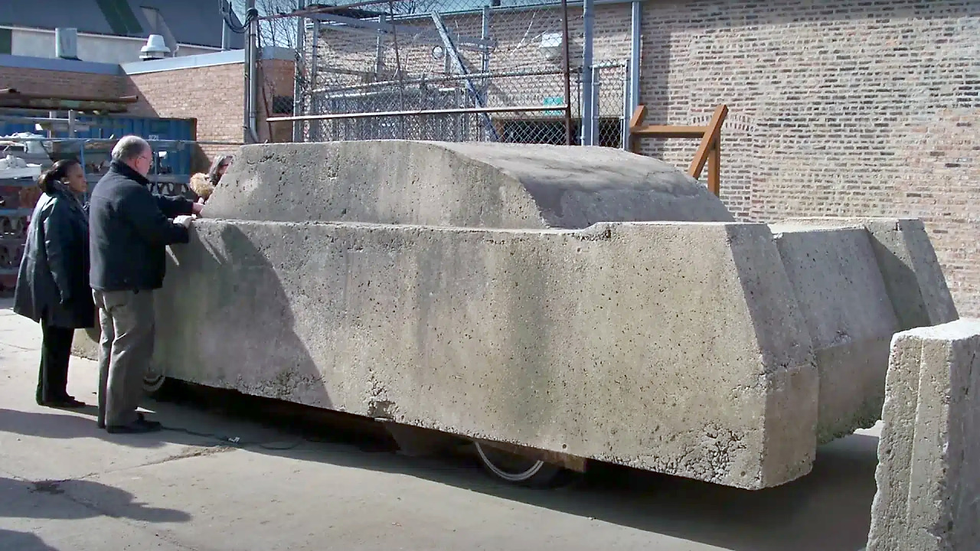1975 Lancia FF by Felber
- Story Cars

- Feb 4, 2022
- 2 min read
After the success of Felber-Ferrari, Felber set about building a new supercar - now, in contrast, more "economical." This time, as a role model, it was decided to take the legendary Lancia D24 - one of the most successful racing cars of the 50s, which in 1954 managed to break the hegemony of Ferrari in the Mille Miglia race.
The construction of the car began immediately after the debut of the FF-Roadster. The car was based on a chassis from a very successful sports farm Lancia Fulvia. The Fulvia was fitted with an original aluminum body designed in the D24 style. The engine, a standard, compact 1.3-liter V4 unit with a 23-degree camber angle (by the way, a rather exotic solution for V-shaped engines), was forced by two Weber carburetors, after which the power rose to 110 hp. It seems like a little, especially against the backdrop of the past Ferrari, but mind you, 110 hp. This is with a machine weight of only 750 kg. So, the dynamics of the roadster were also not offended.
When designing, in order not to spoil the car's appearance, the radiator was placed horizontally between the motor and the windshield. It would be more accurate to say they put it on the motor. This is where the 29-degree cylinder arrangement played its role - the hood of the car looked quite organic, even with a radiator on top, which was lovingly covered by "blinds." In contrast to the prototype, the very same hood was made integrally folding in the style of the Jaguar E-type. The interior was spartan simple, but at the same time, it looked very thoroughbred, the dashboard became more informative. And in general, the car came out more "civilized." Unlike the FF-Roadster, the Lancia had a convertible top as standard.
The debut of FF Spider Lancia took place in 1975 in Geneva. The less expensive car generated quite a lot of interest from wealthy originals. Felber even planned to make a series of 100 cars at one time. But, alas, it didn't work out. The only prototype remained a prototype. The machine still exists today, though in a slightly modified form. The fact is that during transportation in a container, the front and rear parts of the car were badly dented due to poor fastening. After the restoration, the front end was slightly shortened. At the same time, the Weber carburetors were replaced with Solex. The car is now owned by a Panther Car Club Limited member and was recently exhibited in Birmingham.
The same car was the last collaboration between Felber and Panther Westwind. In 1975, Panther acquired the right to manufacture the French car Monika, at the same time launching one of its most successful cars, the Panther Lima, with a fiberglass body. Barely coping with the surging orders, the company had no time to build outlandish cars for the "mad Swiss." The famous Italian bodywork studio Michelotti has now become a new partner of the designer ...
Source: Y. SAMOYLIK - "Mad Swiss" (translated from Russian)
Images: Archive "Automobil Revue" / Zwischengas.com; www.autotitre.com










































Comments